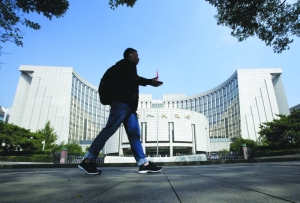Egypt’s Bimaristan Sultan Al-Moayad Sheikh reopens after restoration
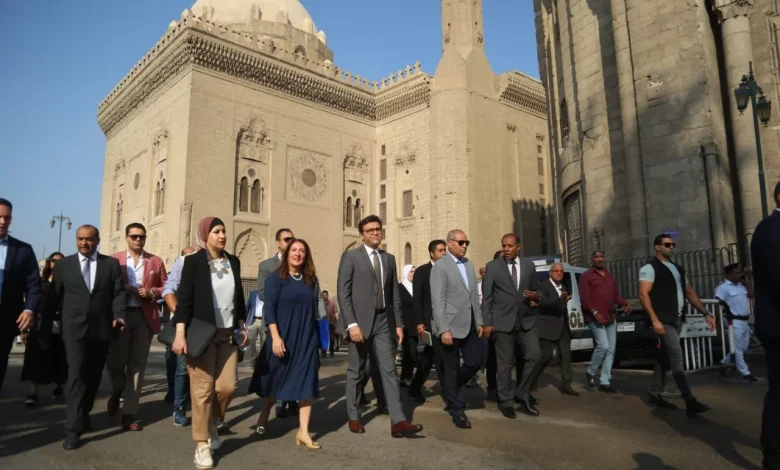
Egypt’s Ministry of Tourism and Antiquities celebrated the reopening of the Bimarestan of Sultan Al Moayad Sheikh in Historic Cairo following its restoration through the Integrated Management of Cultural Tourism (IMCT) initiative.
This initiative, funded by USAID, is part of cooperation between the governments of Egypt and the United States under the Sustainable Investment in Tourism in Egypt (SITE) agreement. The project operates in partnership with the Ministry of Tourism and Antiquities, represented by the Supreme Council of Antiquities.
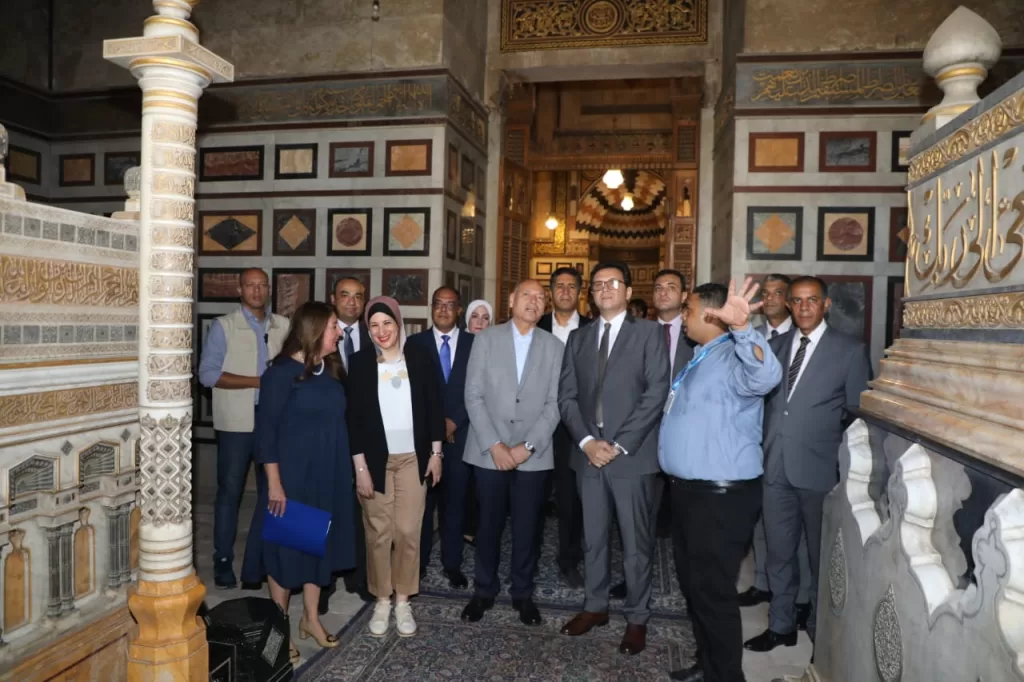
The IMCT initiative aims to align with global trends by promoting experiential and authentic tourism experiences, particularly focusing on historic areas like Cairo and Luxor.
Deputy Minister of Tourism and Antiquities, Yomna El-Bahar, said that the IMCT initiative underscores the commitment of Egypt and the United States to safeguard Egypt’s cultural heritage, a treasure that belongs not just to Egyptians but to the entire world.
“This project serves as a model of how public-private partnerships can be strengthened. It aims to streamline legislative and regulatory processes and develop partnership frameworks that encourage the private sector to invest in cultural tourism while ensuring sustainability,” she stated.
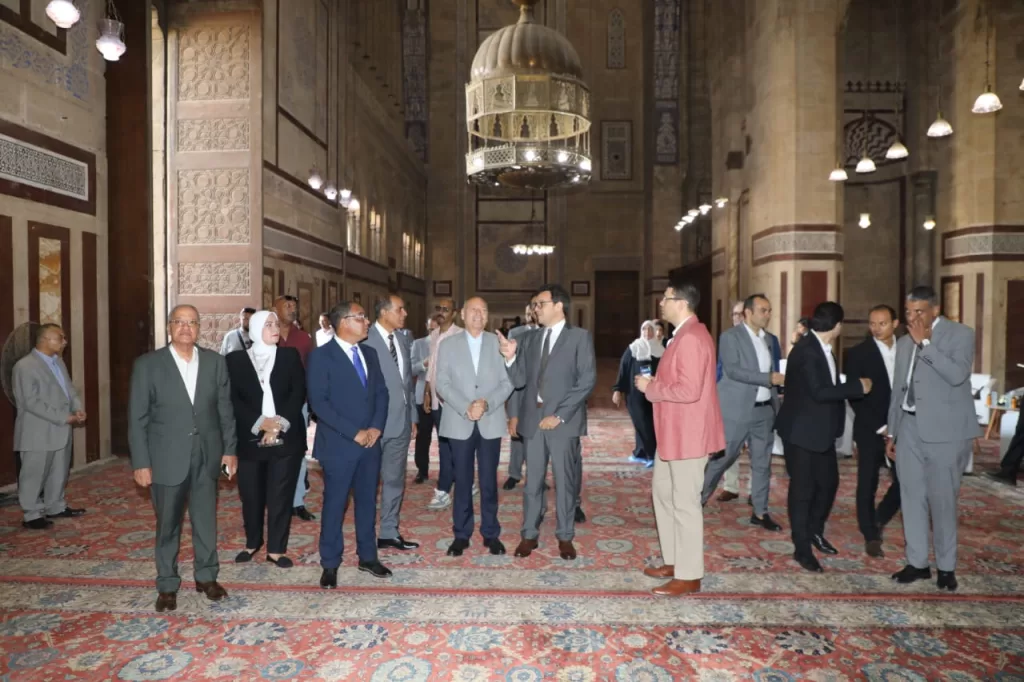
Furthermore, she noted that enhancing public-private partnership models for the restoration and creative utilisation of archaeological sites, as well as boosting the capacity of small, medium, and micro enterprises in advancing cultural tourism, will significantly enhance Egypt’s cultural tourism offerings. This, in turn, will elevate tourism revenues andbenefit the local communities surrounding the sites included in the project.
The Bimarestan of Sultan Al Moayad Sheikh is a historic hospital, constructed by the Mamluk Sultan al-Mu’ayyad Sheikh between 1418 and 1420. It is situated at the southern edge of Cairo’s Darb al-Ahmar district near the Citadel of Cairo and the former Bab al-Wazir gate.
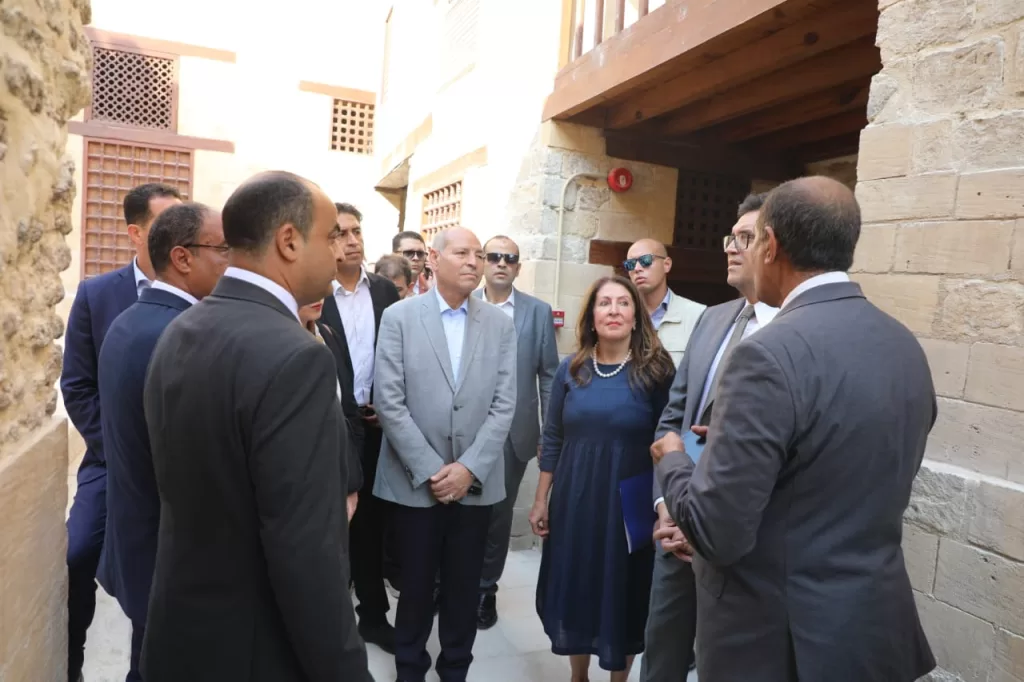
US Ambassador to Cairo, Herro Mustafa Garg, highlighted the significant cultural heritage embodied by historic Cairo, underscoring its role in affirming Egypt’s status as the cradle of civilisation.
She emphasised the collective responsibility to preserve history and culture for future generations. The Ambassador noted that the US government is proud to fully support Egypt’s initiatives to safeguard its cultural legacy and ancient landmarks.
In 2016, Egypt became the first nation to enter into a bilateral cultural agreement with the United States.
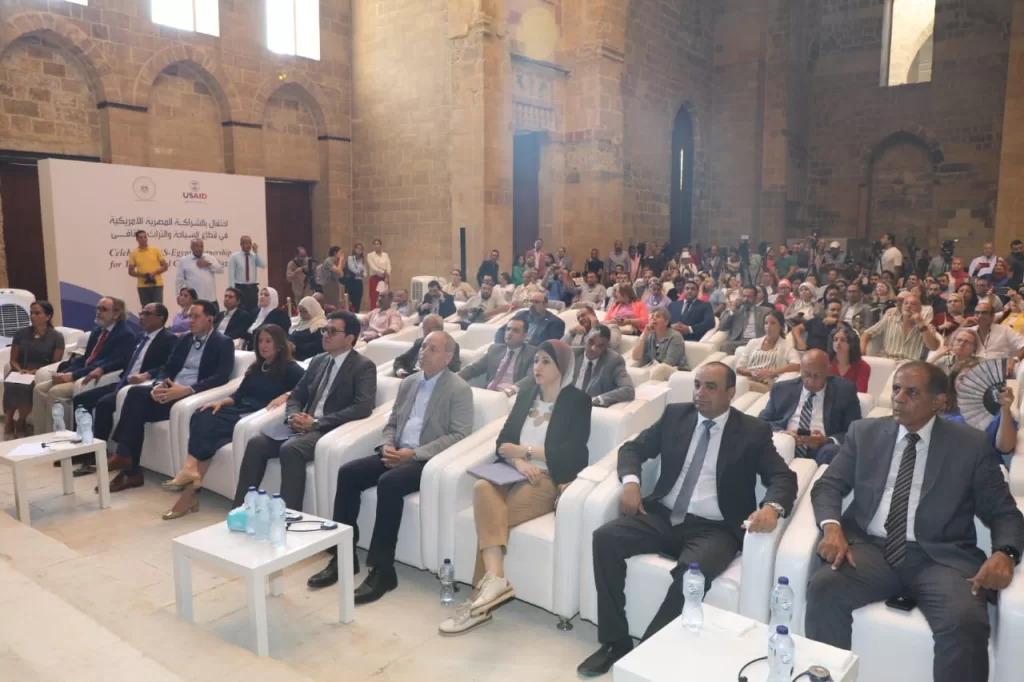
Ambassador Garg remarked that historic Cairo symbolises Egypt’s tourism investments, and that ongoing development efforts will boost Egypt’s competitiveness in the cultural tourism sphere.
She elaborated on the restoration project’s potential to transform the area into a hub for tourism and culture. This initiative is expected to draw investments and reinvigorate Egyptian skills, crafts, entrepreneurship, and innovation, thereby enriching the tourism and cultural landscape.
The US government has allocated $140 million towards the preservation of Egyptian antiquities, reinforcing the idea that maintaining cultural heritage and archaeological sites is a shared duty.
Cairo Governor Ibrahim Saber said that development efforts have been carried out at eight locations within the IMCT initiative. He said he looks forward to continued cooperation in various heritage protection areas across Cairo.
He noted that the involvement of international bodies as strategic partners in cultural tourism would play a significant role in enhancing the value of this endeavour, marking a fresh achievement in the cooperative efforts to revive and preserve these historic landmarks for future generations.




